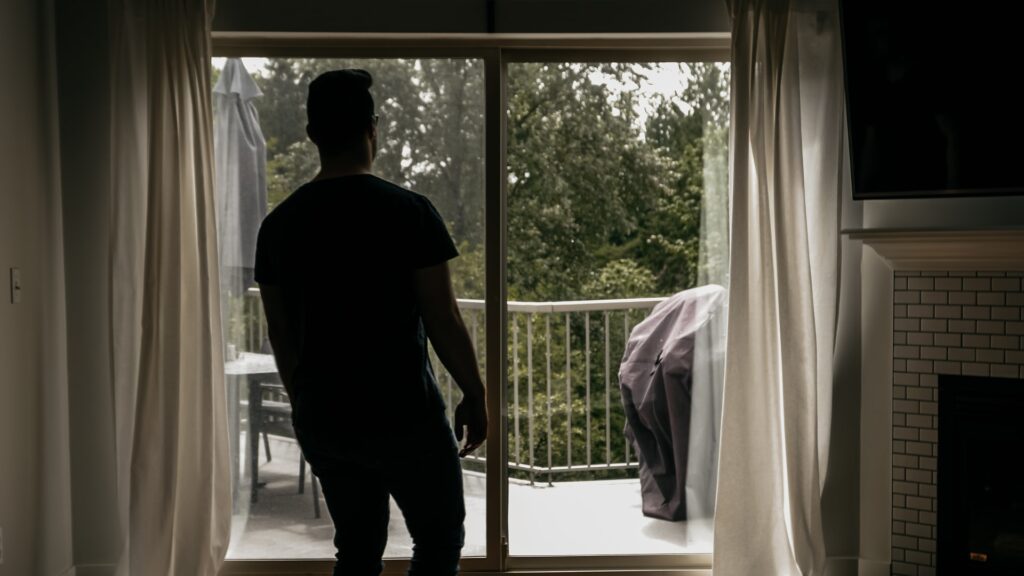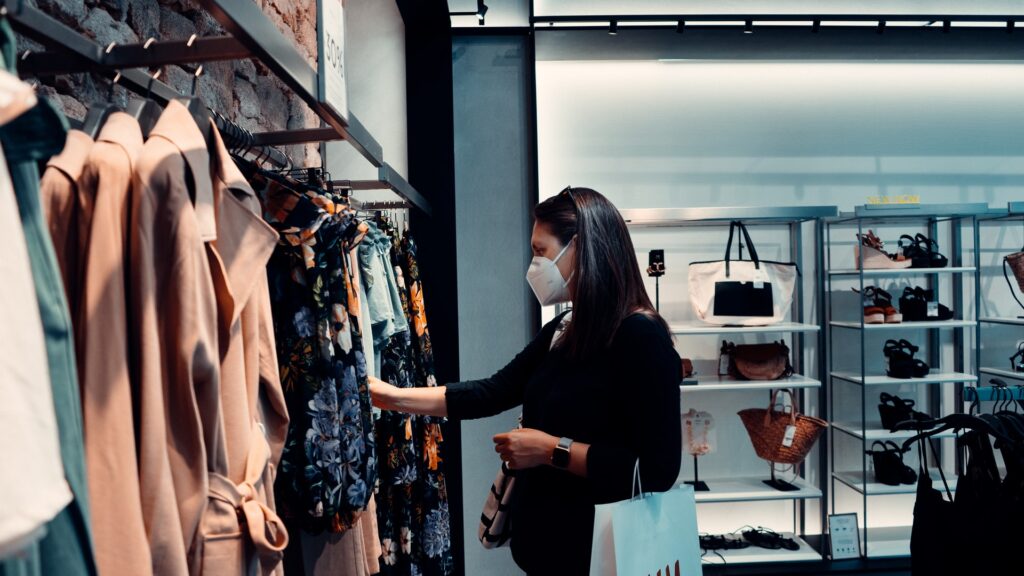At Its Core, Changing Consumer Behavior Requires Empathy
Just as the current pandemic illuminates society’s pre-existing challenges, so too it shapes our behavior, changing the ways we interact, shop and consume. Consumer behavior amidst the pandemic reflect a change in priorities, decision-making and habits. More consumers are making online purchases across a host of categories and range of countries, large groups of people are moving away from urban centers, and brands are forced to restructure the ways they sell and deliver their products to meet these changing needs and lifestyles. Apart from those in China and India, global consumers are already spending less, and surveys indicate that they anticipate pulling back their spending and focusing more on essential items.
McKinsey & Company published a report at the end of October 2020 that demonstrates the significant variance in how consumers are responding to the pandemic and adapting to their new normal. Consumer sentiment and behavior continues to develop, but the survey, which utilized data from late September 2020, highlights how spending and consumer outlooks vary in 45 countries. Overall, consumer sentiment by country depends on the severity of restrictions and impact of the virus. The variance in consumer sentiment indicates a behavioral shift among us that is impacted by our societies, circumstances and lived experiences with the pandemic. So, as the holiday seasons approach and a subsequent flurry of gift buying, giving and exchanging, how has the pandemic influenced our year-end behaviors around consumption?
The holidays are here! How will brands sell?
Online purchases are on the rise in all countries and categories. Significant increases can be seen in the purchasing of household supplies, over-the-counter medicine, skincare and makeup and accessories online in various countries including the US, France, Spain and the UK. Yet holiday spending is projected to be at reduced capacity in all surveyed countries except China. Some 30-60 percent of consumers across countries report an intent to shift to online for their holiday shopping, though most have already done so. Simultaneously with this turn to online sales, consumer behavior has become unpredictable, sporadic and uncertain, much like the circumstances consumers find themselves in today.

As such, companies turn to new, innovative online shopping facilitations and marketing strategies. For instance, Home Depot and Lowe’s now offer online sales of Christmas trees, with free delivery in some locations. Adapting to the demands of their consumers and behavioral changes, they must find a balance between tradition and safety. What was once a very sentimental and selective purchase, picking out “the” Christmas tree each year, has been changed by the pandemic, and retailers need to find ways to maintain the emotion and celebration of the season despite the transactional nature of buying a tree online.

It is yet to be seen if more retailers will follow suit, and what other products usually bought in-store will be sold online. Nonetheless, it is almost certain that e-commerce will continue to run through the holiday season. According to Adobe, 130 days in 2020 exceeded $2 billion in daily online sales by August, with every day in May and June doing so. In 2019, only two days hit that mark. As such, companies have met their consumers halfway, with some extending the duration of their sales events. Simultaneously, shoppers who do go to stores in-person go for new reasons, with a greater focus on pickup services and efficiency.
Some companies have unsuccessfully navigated these uncharted waters, specifically because they have miscalculated their consumers’ fluctuating preferences and opinions or ignored them altogether. The short-lived Quibi app is one such example of the latter. After launching in April this year, the streaming company focused on short-form content struggled to gain traction in the saturated market of streaming platforms. Quibi closed in late October with much regret and serve as proof of how dramatic our consumer behavior has changed for both the products and media we consume.
Case study: Quibi
The Quibi app premiered on April 6 with high hopes and much fanfare. Founders Jeffrey Katzenberg and Meg Whitman framed the platform as something innovative: short-form programming for consumption on mobile screens in stolen moments. It had big Hollywood names and star power behind it. Yet their failure to effectively market the programming to consumers proved fatal. Quibi ignored the chance to connect with consumers and their everchanging backdrop and social environments that they entered.
Arguably, Quibi prioritized promoting its brand name and producing quantity over quality. The founders admitted in an open letter published on Medium that while they created a new form of mobile-first premium storytelling, “Quibi is failing, likely because…the idea itself wasn’t strong enough to justify a standalone streaming service.” Moreover, the platform lacked features that could support interaction, and the pandemic intensified the already existing platform issues that the service was facing. Viewing experiences and sharing one’s user experience with Quibi was nearly impossible. The app did not offer a connected TV casting option when it launched, and it initially prohibited users from taking screenshots or recording their screens, discouraging shares and interaction between users. This all came when people were spending most of their time at home, had little interest in using a mobile device for screening, and were looking for longer content to fill their hours.

Quibi promoted relatively new and unknown content without large, pre-existing followings, solely relying on the names of the A-list stars they’d recruited to take part. Yet now more than ever, consumers have craved and sought out familiarity and regularity as forms of comfort amidst uncertainty and disruption. The novelty of the new app and lack of need for quick fire, bite-sized forms of media severely impacted Quibi. Its inability or unwillingness to tap into its target audiences’ needs and current situations proved to be its greatest downfall during the global pandemic. Their focus on who they were as a brand, rather than what their consumers needed during the last seven months, as well as the singularity in their focus on mobile-only streaming proved highly unattractive and useless during the spring and summer months of lockdown.
Urban residents flee to greener pastures – and still look for the same things
The neighborhood social network Nextdoor conducted a survey based on internal data from its users, providing insight into moving trends and what consumers are looking for as they move away from populated, urban centers in the United States. Amidst this pandemic, consumers are moving and thus, are looking for new brands and stores to shop at. Yet, they are focused on looking for familiarity that will bring them joy and comfort amidst such new surroundings. Nextdoor’s survey indicates that even when changing scenery, customers still crave the comfortable, retail experiences that brought them joy before. 68 percent of those surveyed said they want to stay where they are, and of the 22 percent that said they want to move, 59 percent want to go “someplace rural.” Nonetheless, Trader Joe’s, Costco and Target were the top three neighborhood businesses missed by those who moved, indicating a preference for established and durable brands.

Customer loyalty here for the taking
If there is one trend that persists across the people surveyed, it is that no matter how many respondents or their countries of origin, consumers are increasingly trying new brands, leading to new shopping behaviors and a change in their brand loyalty. Moreover, the surveys indicate that they intend to continue their ‘disloyal’ shopping trends after COVID-19, with more than 60 percent of those surveyed in countries like Brazil, Japan, the US and the UK affirming their preference. What key factors are causing consumers to ditch their tried and true staples in exchange for new brands?
Value continues to remain the primary reason for consumers to try new brands given the increase in price sensitivity. Other factors include location of shopping, quality and purpose going into the considerations of consumers today. As such, the trends towards brand loyalty and commitment that we once knew are not applicable today, as consumers prioritize convenience and safety in the act of shopping. As consumers leave their favorite brands and even their home cities for less urbanized and populated living and shopping experiences, brands can continue to rely on the knowledge that consumers are seeking out familiarity and comfort, and they will look for that in any brand and company they can get it from.

Consumption stands in place for moments of peace, Zen, remembrance and connection
Apart from those in China, most consumers intend to maintain low engagement in any shared services. If most of us are at home and opting out of public or communal activities, where do we turn for moments of joy, and how do we connect with those we can no longer meet up with? For a lot of people, the answer manifests in the form of comfortable consumption. Indeed, consumers seeking rhythm and familiarity in their consumption as Nextdoor research discovered, look at how, when, and what they consume as new forms of socialization. Snacking has become a special pastime for many during this pandemic. In fact, people are snacking more mindfully and deliberately now, as these moments become ‘me-time’ specialties or the few moments of peace. Two-thirds of global adults say snack time is one of the few moments of peace (64 percent) and bright spots in their day (63 percent), while for many working from home, snacking provides moments of community and a chance to meet with friends and family over food. Shared moments of indulgence allow us to connect with happier times that we long for. Indeed, 59 percent of surveyed adults say they look to snacks to bring back good memories during this pandemic.

Beyond snacks, consumption of various goods and media has become an avenue for connection. As our options for activities, and ways to socialize and communicate with others in-person have been severely cut short, consumption through online retail, media streaming and eating have become prominent modes of connection. They have filled the temporary gap of all the ways we have lost. Currently, consumption connects us with one another, with our memories and happier times pre-COVID, and grounds us in our uprooted and everchanging worlds.
This new craving for authentic connection and belonging — rooted in understanding — is arguably partly why Quibi failed so badly. Understanding one another produces empathy, and it is empathy that can create genuine consumer connection. As research firm Burke Inc.’s chief research officer Jamie L. Baker-Prewitt said, brands and companies must understand where consumers are in this pandemic through empathy. This will not only allow brands and companies to survive the pandemic, but also put the human back into our daily routines today and form bonds and build relationships during this pandemic. As many of us brace ourselves for another lockdown in America, it is crucial that individuals and organizations can learn to understand each other and learn to use consumption as a positive communication point in our lives. By meeting consumers at the midway point, brands and consumers can co-create an environment of empathy, understanding, and mutual trust.





















































































